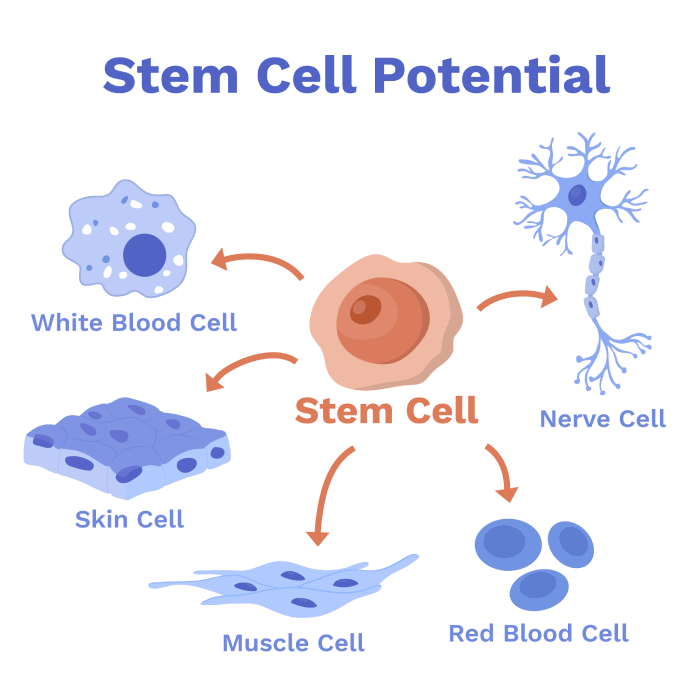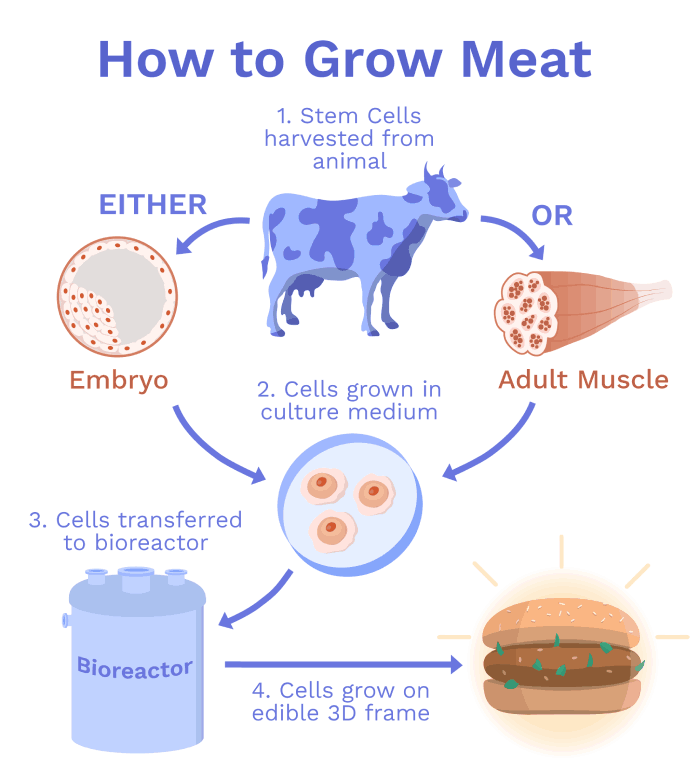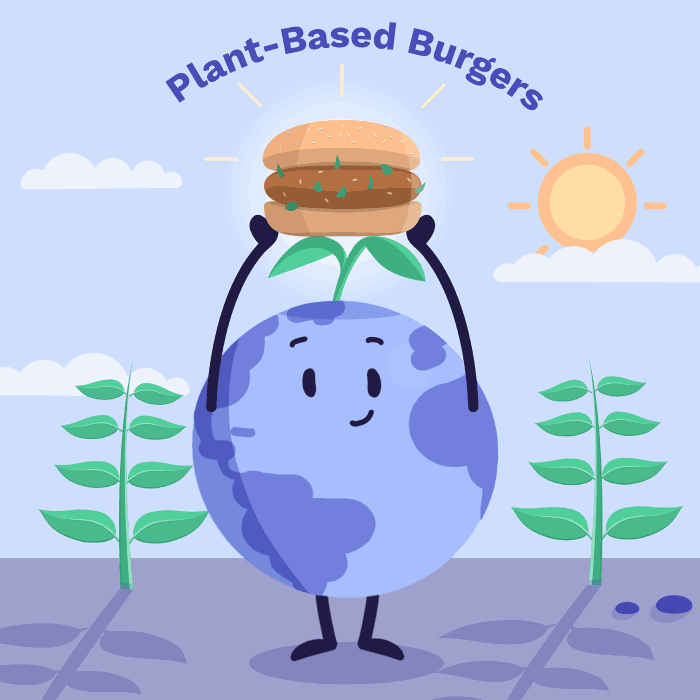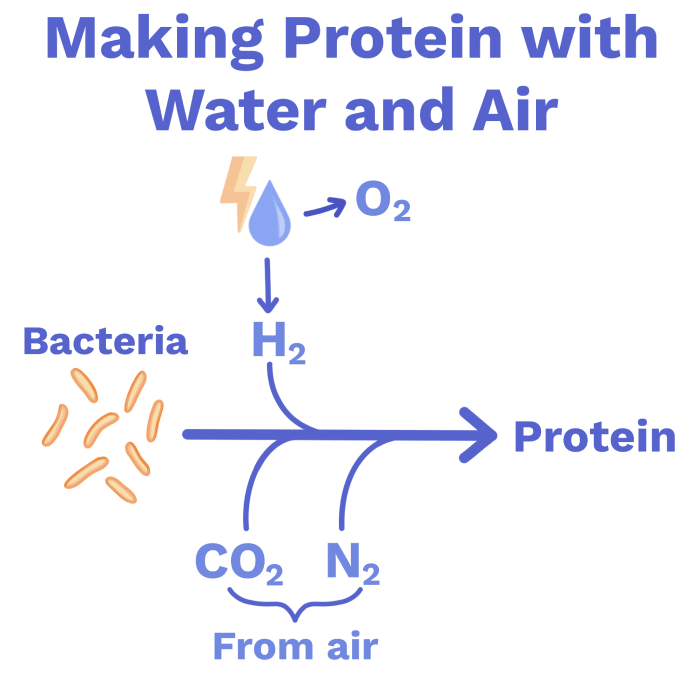Further development, and adoption of cheaper, cleaner energy sources, may be able to reduce these limitations .
.
The technology is still in its early stages, and, while most scientists agree that cultured meat would be less environmentally damaging than beef, we cannot rely on it to solve the problems associated with eating meat. Therefore, switching to lower impact meats (such as chicken) and plant-based proteins remains, for today, a more sustainable option
 .
.
Can we make meat using plants?
Across the globe, the race is on to develop convincing meat alternatives using plants. Many have already reached our supermarkets, from burgers that “bleed” beetroot juice
 to “eggs” made from mung beans
to “eggs” made from mung beans .
.
By combining and processing plant-based ingredients, these companies hope to create protein-rich food with the same taste and texture as animal products, without the environmental impact .
.
To do this, researchers must understand meat at a molecular scale. For example, plant-based meat company, Impossible Foods, has pinpointed a small, iron-rich molecule called heme as a key component of animal meat
 . Heme is the molecule that carries oxygen around your body, and is super abundant in animal muscle
. Heme is the molecule that carries oxygen around your body, and is super abundant in animal muscle .
.
Heme is also found naturally in soy plants, in a protein called leghaemoglobin . By combining this plant-based heme with soy and potato protein, along with plant oils and binders
. By combining this plant-based heme with soy and potato protein, along with plant oils and binders , the team has produced a meaty burger that uses 96% less land, 87% less water, and has 89% lower greenhouse gas emissions
, the team has produced a meaty burger that uses 96% less land, 87% less water, and has 89% lower greenhouse gas emissions .
.
In order to make enough heme at low cost and minimum land use, the company relies on a special fungus: yeast . By inserting the gene for heme from soybean into yeast cells, the fungus can be “taught” how to produce the molecule itself
. By inserting the gene for heme from soybean into yeast cells, the fungus can be “taught” how to produce the molecule itself
 . The yeast is then grown in a bioreactor, similar to those used to grow lab meat
. The yeast is then grown in a bioreactor, similar to those used to grow lab meat , and begins to produce heme at an industrial scale
, and begins to produce heme at an industrial scale .
.
How can fungi make meat?
Using microbes to make human food is nothing new . For centuries we have relied on them for all sorts of products, from bread to beer to yogurt
. For centuries we have relied on them for all sorts of products, from bread to beer to yogurt
 ! Microbes are also used in industrial biotechnology to produce various medicines and food additives
! Microbes are also used in industrial biotechnology to produce various medicines and food additives
 .
.
Impossible Foods isn’t the only team using genetically engineered yeast to mimic animal products. For example, Perfect Day Foods have developed dairy products using microfungus , and Clara Foods hope to use engineered yeast to make animal-free eggs
, and Clara Foods hope to use engineered yeast to make animal-free eggs .
.
Microbes can be genetically engineered to produce specific molecules relatively easily . But edible proteins can also be made by fungi without genetic engineering.
. But edible proteins can also be made by fungi without genetic engineering.
Mycoprotein, found in Quorn, is made naturally by a soil fungus . Mycoprotein is one of the most efficient alternatives to animal products in terms of land and water use
. Mycoprotein is one of the most efficient alternatives to animal products in terms of land and water use
 , and contains more protein than many other plant-based protein sources
, and contains more protein than many other plant-based protein sources .
.
11% of Quorn’s overall impact comes from growing crops, mainly wheat, to feed the fungus . Growing this fungus on organic waste instead would, therefore, reduce the environmental impact of this protein even further
. Growing this fungus on organic waste instead would, therefore, reduce the environmental impact of this protein even further .
.
So far, all of the protein sources we have discussed use plants somewhere along the line - even the organic waste used to grow mycoprotein is made of plants.
Plants are usually at the bottom of the food chain because they get their energy directly from the sun . However, they are not very efficient at doing this: the maximum amount of solar energy that plants can actually convert to biomass is 6%, and usually they convert much less
. However, they are not very efficient at doing this: the maximum amount of solar energy that plants can actually convert to biomass is 6%, and usually they convert much less
 . But what if we could use something else to capture this energy more efficiently?
. But what if we could use something else to capture this energy more efficiently?
Making protein from water and air?
What if we could make protein from just sunshine, water, basic nutrients, and air - no plants or animals involved
 ?
?
Solar Foods is a company aiming to do just that, using a specific group of bacteria that turn hydrogen, CO₂ and nitrogen into protein ! How?!
! How?!
Electricity, produced from solar panels, is used to split water into hydrogen and oxygen . This hydrogen then provides energy for the bacteria to turn CO₂ and nitrogen in the air into protein
. This hydrogen then provides energy for the bacteria to turn CO₂ and nitrogen in the air into protein
 .
.
This process is significantly more efficient than producing plant protein, let alone livestock
 ! According to Solar Foods, it uses up to 100x less water, 60x less land, and releases 5x less CO₂eq than plants
! According to Solar Foods, it uses up to 100x less water, 60x less land, and releases 5x less CO₂eq than plants !
!
By reducing land requirements for food production, wildlife could be reintroduced to areas that had previously been cleared for agriculture , increasing carbon storage capacity, soil health, and many other ecosystem services
, increasing carbon storage capacity, soil health, and many other ecosystem services .
.
Conclusion
As we continue to develop these exciting meat replacements, the dream of a livestock-free future is becoming more and more achievable. However, some of these innovations require a considerable amount of energy, and further research is needed for many of these products to be made widely available at low costs.
So far we’ve looked at how food production can be made more sustainable. What about the rest of the supply chain?
Next Chapter. However, this is both inefficient and environmentally damaging
. What if meat, and meat-like products, could be made without needing large herds of livestock?
.

. A small number of these stem cells are retained through to adulthood, and are used to maintain and repair the tissues that make up the adult’s body
.
! How?






